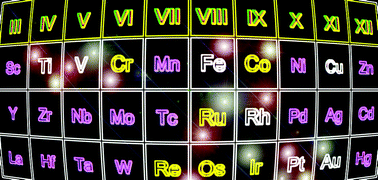The fields of phototherapy and of inorganic chemotherapy both have long histories. Inorganic photoactivated chemotherapy (PACT) offers both temporal and spatial control over drug activation and has remarkable potential for the treatment of cancer. Following photoexcitation, a number of different decay pathways (both photophysical and photochemical) are available to a metal complex. These pathways can result in radiative energy release, loss of ligands or transfer of energy to another species, such as triplet oxygen. We discuss the features which need to be considered when developing a metal-based anticancer drug, and the common mechanisms by which the current complexes are believed to operate. We then provide a comprehensive overview of PACT developments for complexes of the different d-block metals for the treatment of cancer, detailing the more established areas concerning Ti, V, Cr, Mn, Re, Fe, Ru, Os, Co, Rh, Pt, and Cu and also highlighting areas where there is potential for greater exploration. Nanoparticles (Ag, Au) and quantum dots (Cd) are also discussed for their photothermal destructive potential. We also discuss the potential held in particular by mixed-metal systems and Ru complexes.


 Please wait while we load your content...
Please wait while we load your content...